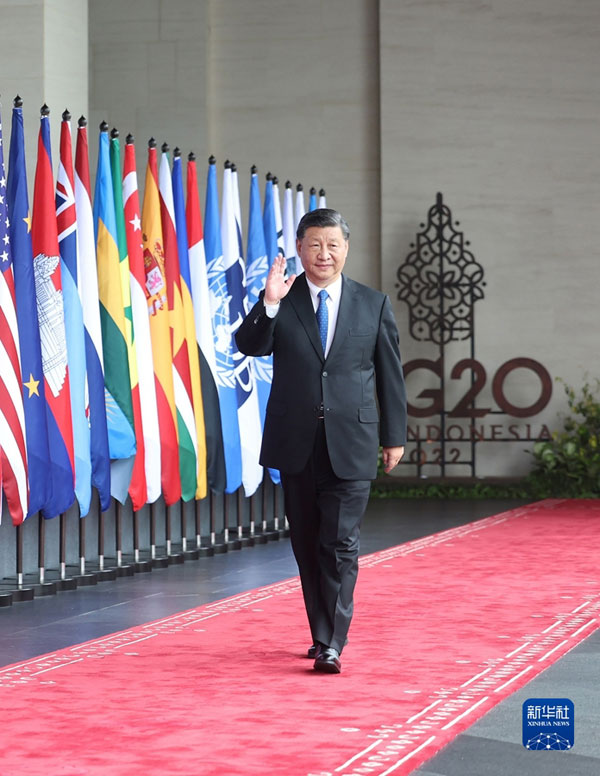
Editor’s Note: Special Issue-Chinese Foreign Policy at a Crossroads
Publication: China Brief Volume: 22 Issue: 24
By:

A central effort of Chinese foreign policy under Xi Jinping, and a core goal of Xi Jinping Thought on Diplomacy, has been to establish China as a leading global power with a significant role in all major elements of world affairs. As a result, China is now, while by no means the dominant power in every region, a strategic player nearly everywhere.
Due to this shift, the key question now is not whether China will continue on this trajectory, but rather how China’s push to become a global power will take shape. A critical variable in the success of this endeavor will be whether China can get a handle on its domestic challenges and sustain its continued economic, military and technological development. As demonstrated by the ongoing, multi-year ordeal of the Chinese population with COVID-19 epidemic prevention and now a mass-scale outbreak, this will be a daunting challenge. However, an equally key variable is how distant regions and countries, many of which lack extensive historical and cultural familiarity with China, will respond to Beijing’s growing involvement in their affairs.
In order to better understand these dynamics, China Brief is pleased to publish a Special Issue on “Chinese Foreign Policy at a Crossroads,” which features four articles looking at Chinese diplomatic efforts outside its traditional, East Asian strategic environment. The recent record reveals that China’s success in achieving its global ambitions has been mixed, with Beijing achieving serious traction in some regions, but failing to match its soaring rhetoric with concrete achievements in others.
In “China Makes a Move in the Middle East: How Far Will Sino-Arab Strategic Rapprochement Go?,” Sine Ozkarasahin examines the implications of China’s deepening alignment with Saudi Arabia and other leading Arab states for both the delicate balance of power in the region and U.S. foreign policy.
In “Finland and the Demise of China’s Polar Silk Road,” Matti Puranen and Sanna Kopra detail how the once immense enthusiasm in Finland for cooperation with China in the Arctic has faded, amidst shifting geopolitical realities, in particular, the Russia-Ukraine War.
In “The Caribbean and U.S.-China Strategic Competition: Next Phase of the New Cold War?,” Scott MacDonald examines how China has been able to make extensive inroads in the United States’ near abroad, developing partnerships based on economic and diplomatic cooperation and reducing the number of Taiwan’s diplomatic allies in the region.
In “China-Pakistan Relations: The “All-Weather” Partnership Navigates Stormy Times,” Syed Fazl-e-Haider examines the state of the China-Pakistan entente, a relationship that seems to have defied the ebbs and flows of many of Beijing’s other key strategic partnerships. To be sure, differences and irritants exist, but both sides remain deeply committed to the relationship.
John S. Van Oudenaren is Editor-in-Chief of China Brief. For any comments, queries, or submissions, please reach out to him at: cbeditor@jamestown.org.




